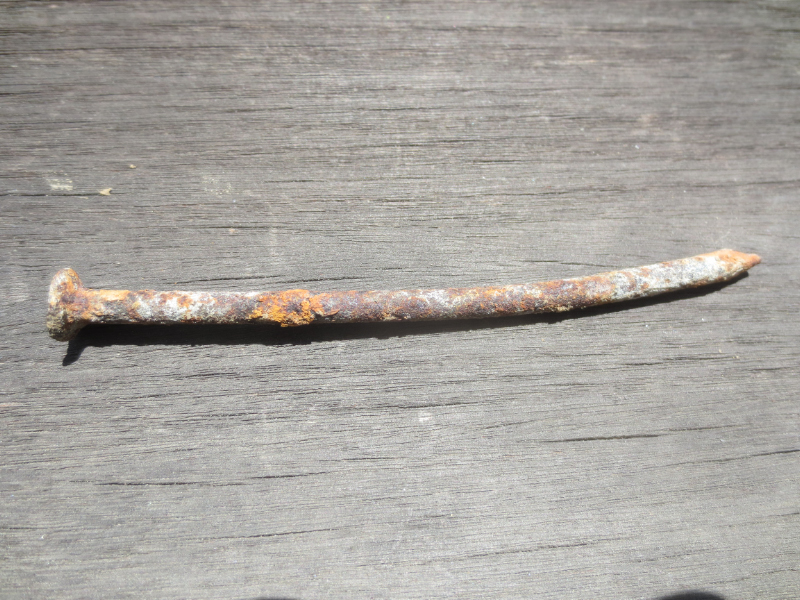Pancreatic Cancer: A Dreaded Disease
Very few afflictions of the human body are feared more than pancreatic cancer and while it is relatively uncommon, approximately 30,000 new cases are diagnosed in the United States each year. We have all known someone who died from pancreatic cancer and we also remember celebrities who succumbed to this dreaded form of cancer. A large part of this fear is based on the fact that so little can be done to treat it by the time it is discovered and victims usually have a rapid demise. The average life expectancy after a diagnosis with metastatic pancreatic cancer is just three to six months.
Why Pancreatic Cancer is Difficult to Detect
The pancreas sits behind the stomach, extending about six inches along the back of the abdomen. It connects to the upper part of the small intestine by way of a tube called the pancreatic duct. Because of its location deep within the abdomen, developing tumors are rarely felt on physical examination and only come to light when they interfere with the functions of the pancreas or are discovered as an incidental finding on an imaging scan done for some other reason.
Functions of the Pancreas
Most individuals know very little about the pancreas and the important role it plays in the digestive system. In simple terms, the pancreas performs two vital functions. First it secretes enzymes directly into the small intestine through the pancreatic duct to help digest food. Second it secretes hormones, namely insulin and glucagon, directly into the blood stream to help control blood sugar levels. Identifying when the pancreas is failing to perform these functions may provide early clues to the presence of pancreatic cancer.
Assessing Your Risk of Pancreatic Cancer
Since most patients with pancreatic adenocarcinoma are not diagnosed until they are already in the later stages of the disease, when it is 95% fatal, wouldn’t it be great if there was some way to identify this insidious cancer before it gets to this point. A team of physicians at the Mayo Clinic (Moris M, Raimondo M, Woodward TA, et al) developed a profile that may help identify individuals at risk for pancreatic cancer, based on clues provided by abnormalities in the functioning of the pancreas as described above. These patients could then be monitored through means such as transabdominal ultrasound in an attempt to identify the development of pancreatic cancer while it is still treatable.
Early Signs of Pancreatic Malfunction May Provide Warning
The Mayo Clinic researchers noted that while age, obesity and a history of smoking and chronic pancreatitis were risk factors for pancreatic cancer, abdominal pain was not usually present until late in the disease. Jaundice or yellow discoloration of the skin, eyes and mucous membranes were an obvious symptom of pancreatic cancer, but they also found that steatorrhea or fat droplets in the stool may be noticeable in earlier stages of the disease. This is a result of the pancreas not producing sufficient enzymes for digestion of food (first function of the pancreas described above). They also noted that many patients who will develop pancreatic cancer have elevated blood sugars up to three years before the development of pancreatic cancer (second function of the pancreas described above). They pointed out that a patient over 50 years of age with no family history of diabetes who develops blood sugar abnormalities deserves monitoring for pancreatic cancer.
Hope for the Future
In summary, the profile that may help identify someone at risk for developing pancreatic cancer includes the risk factors of age, obesity and a history of smoking and chronic pancreatitis. In addition, jaundice, fat droplets in the stool and unexpected elevations in blood sugar levels, all of which indicate abnormalities in the functioning of the pancreas, complete the profile. Raising awareness of this profile and implementing strategies for monitoring patients who meet these criteria provide hope that someday we may be able to catch more cases of pancreatic cancer while it is still treatable.

